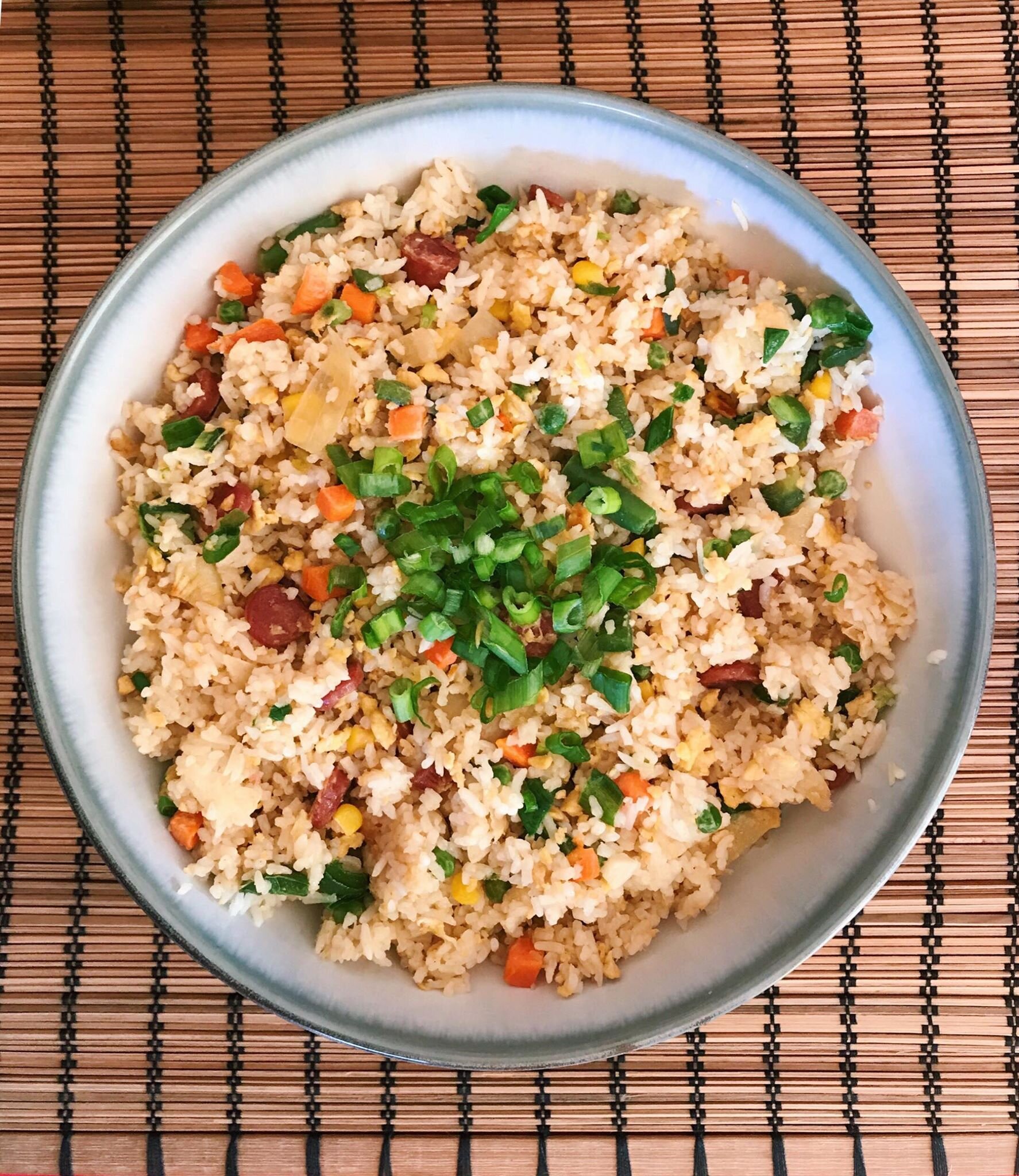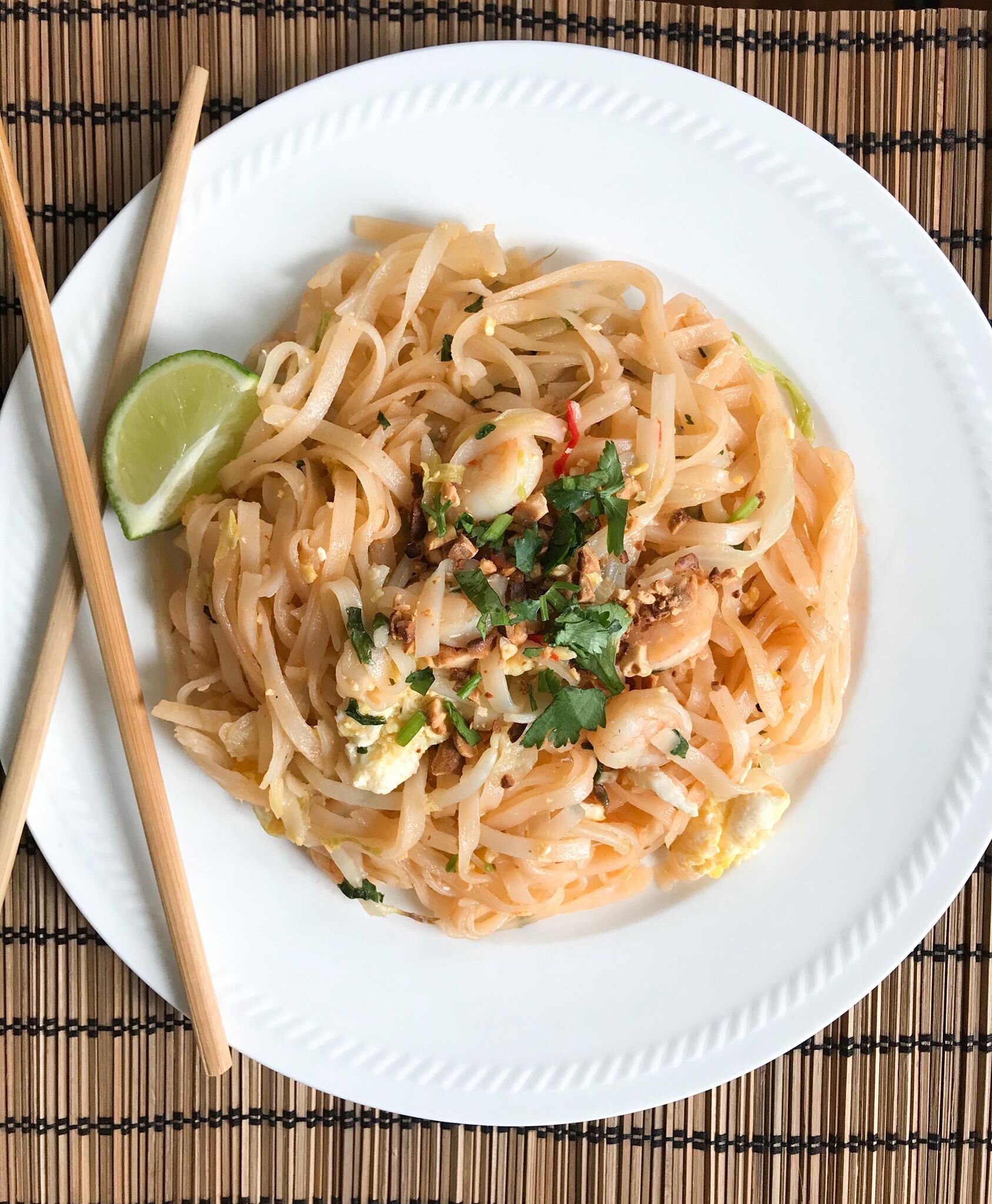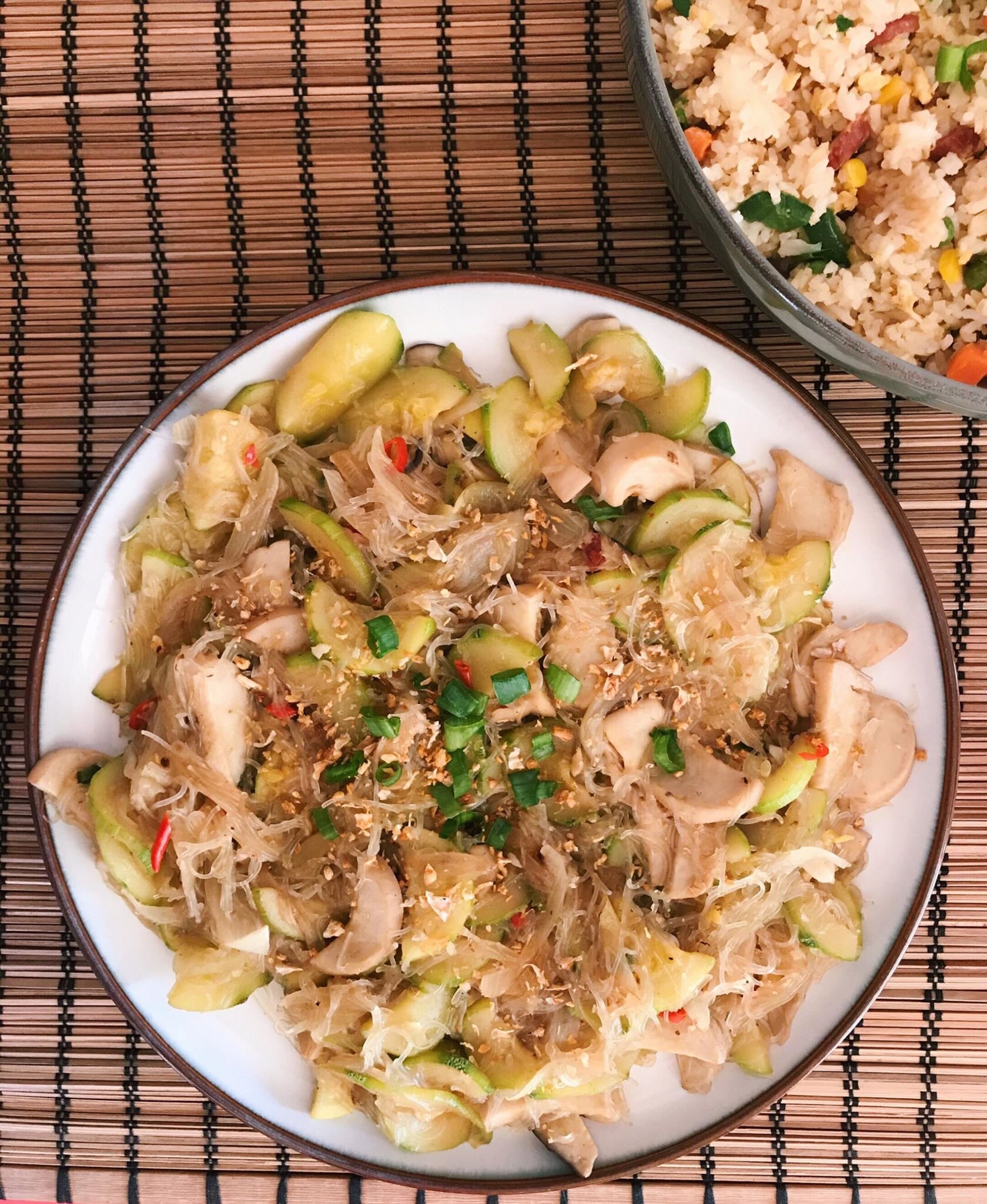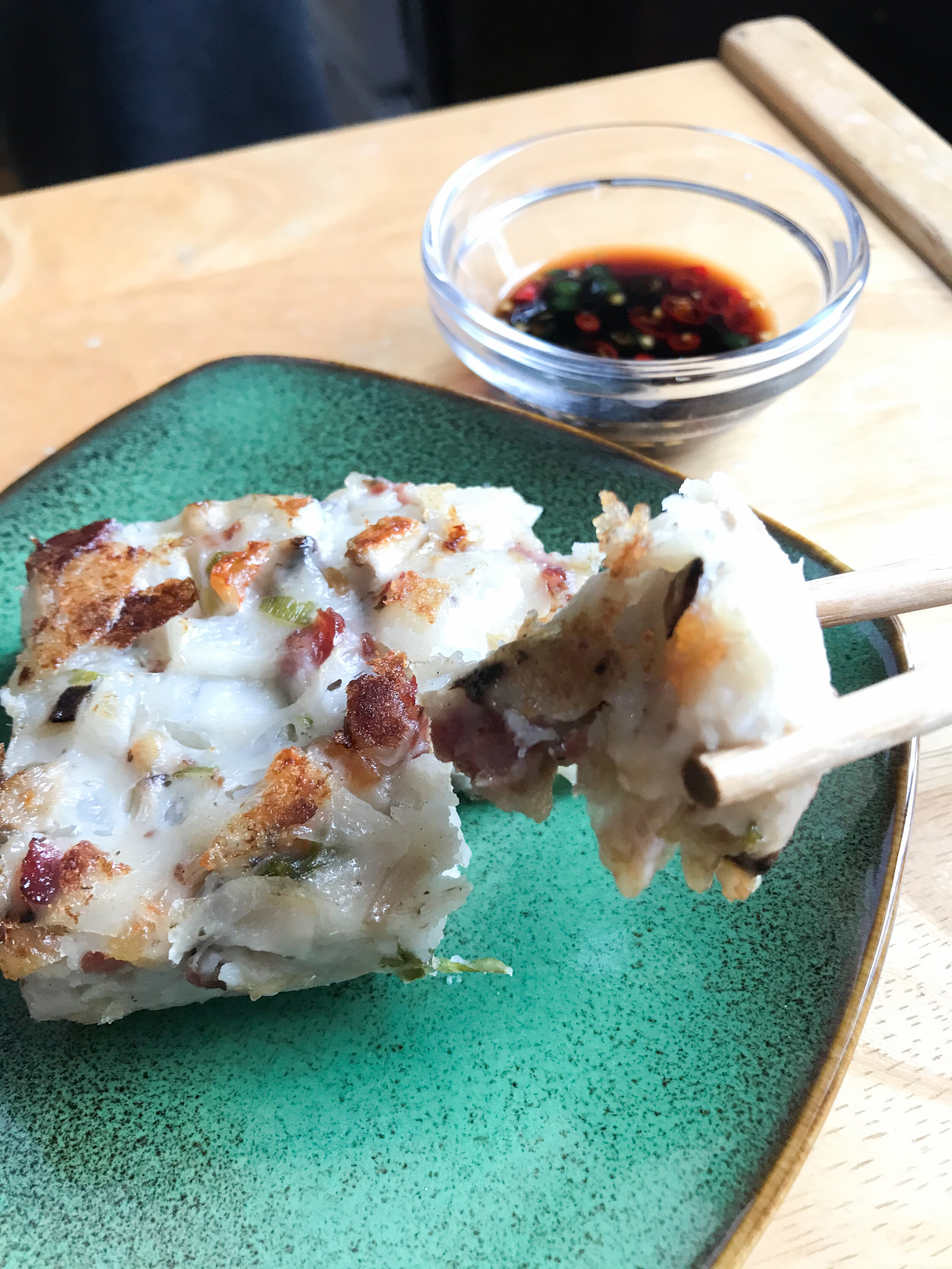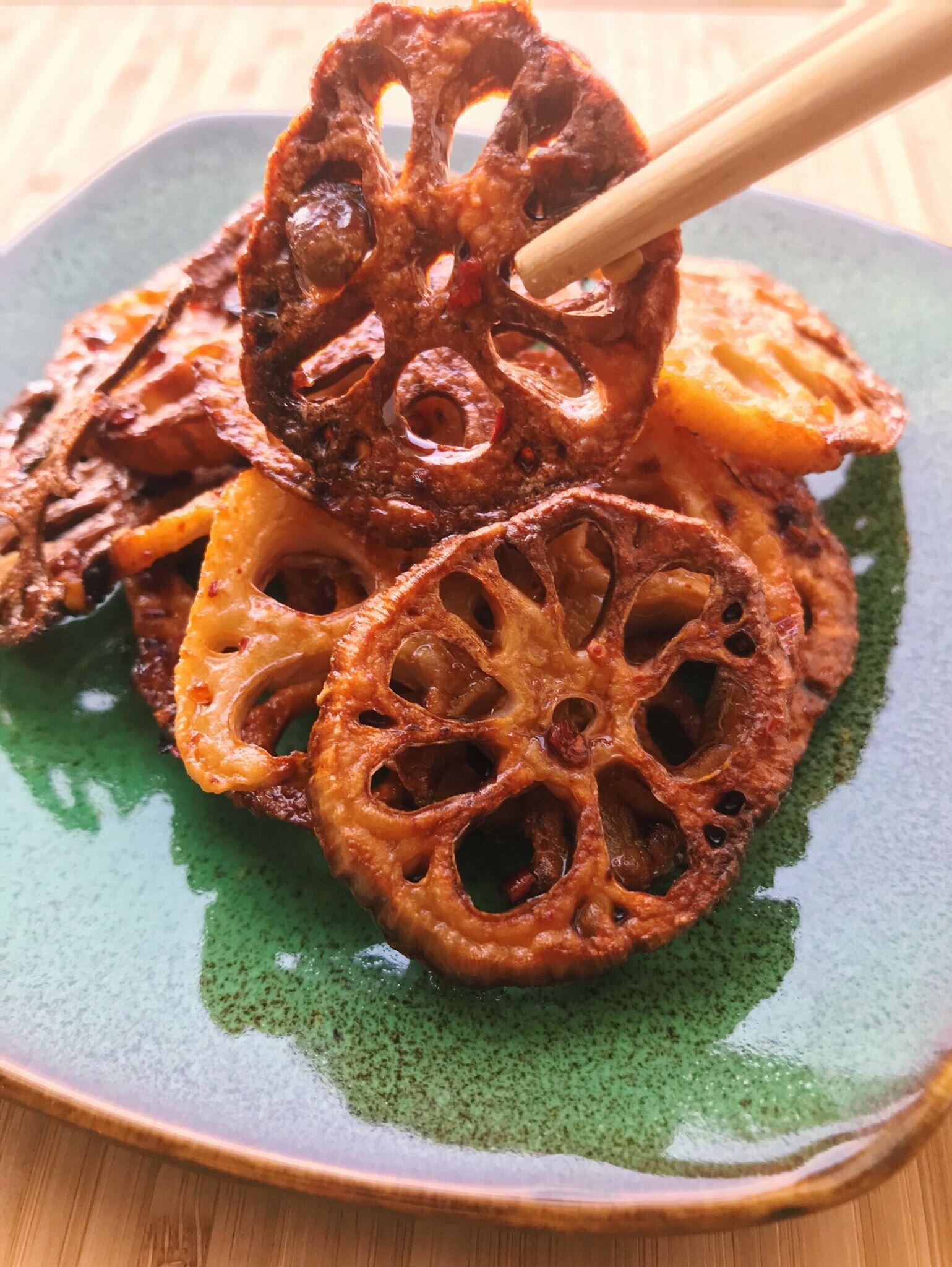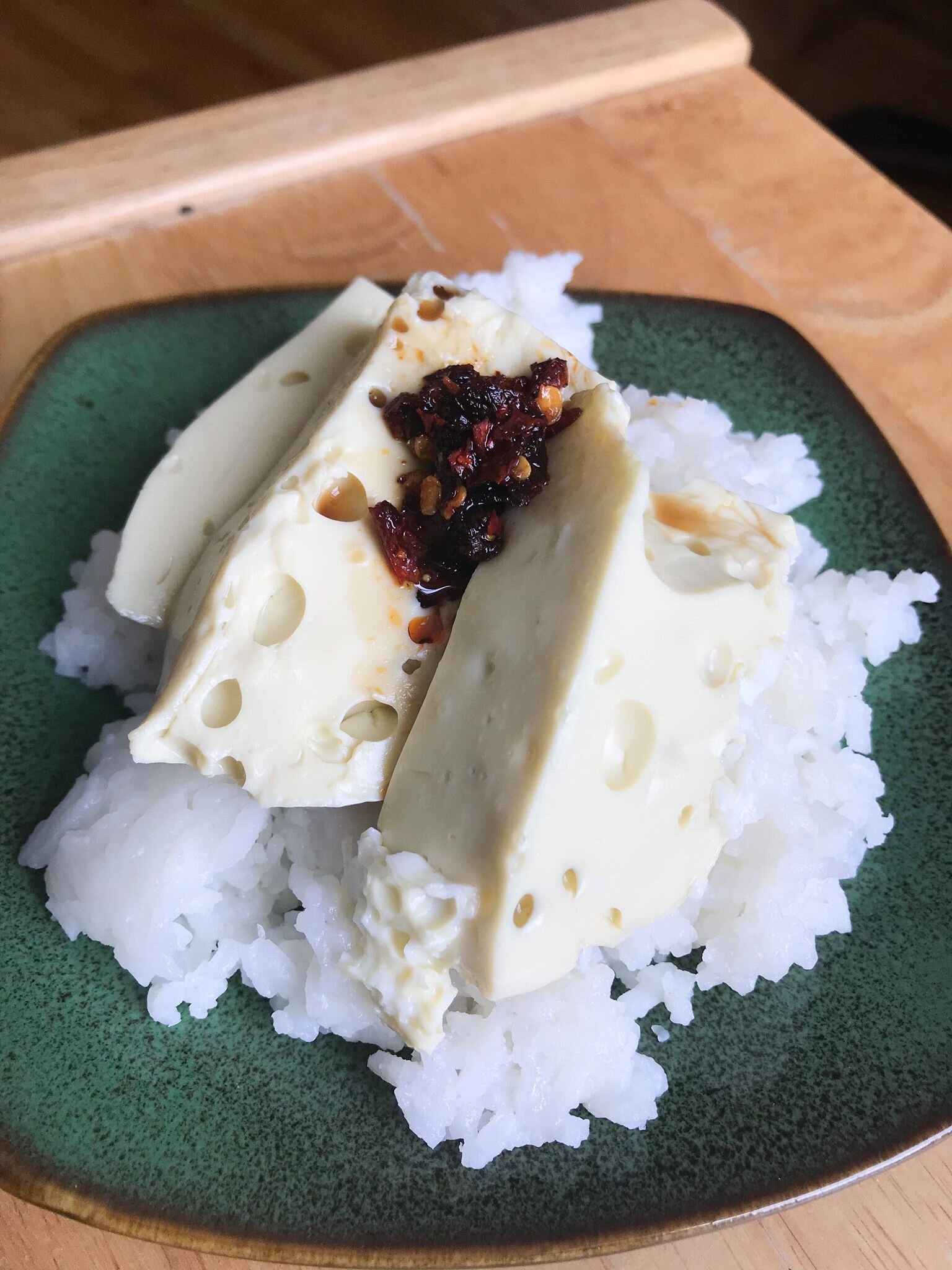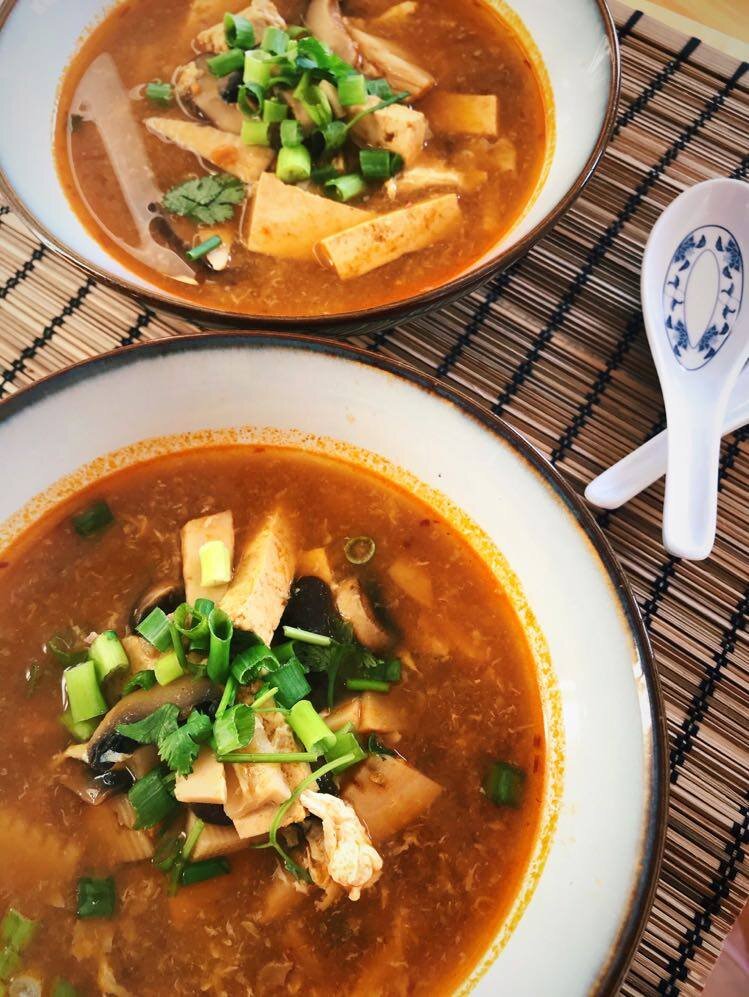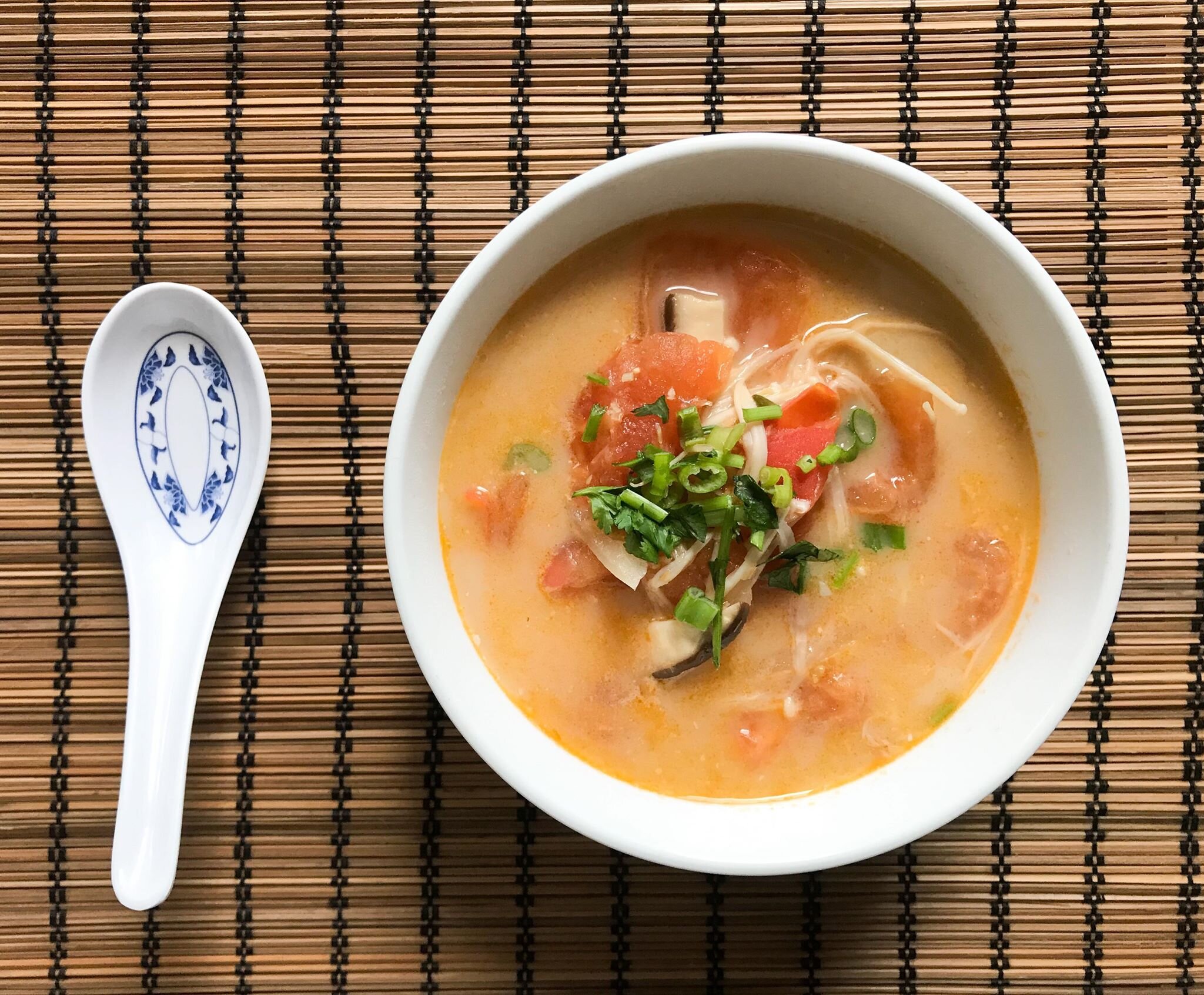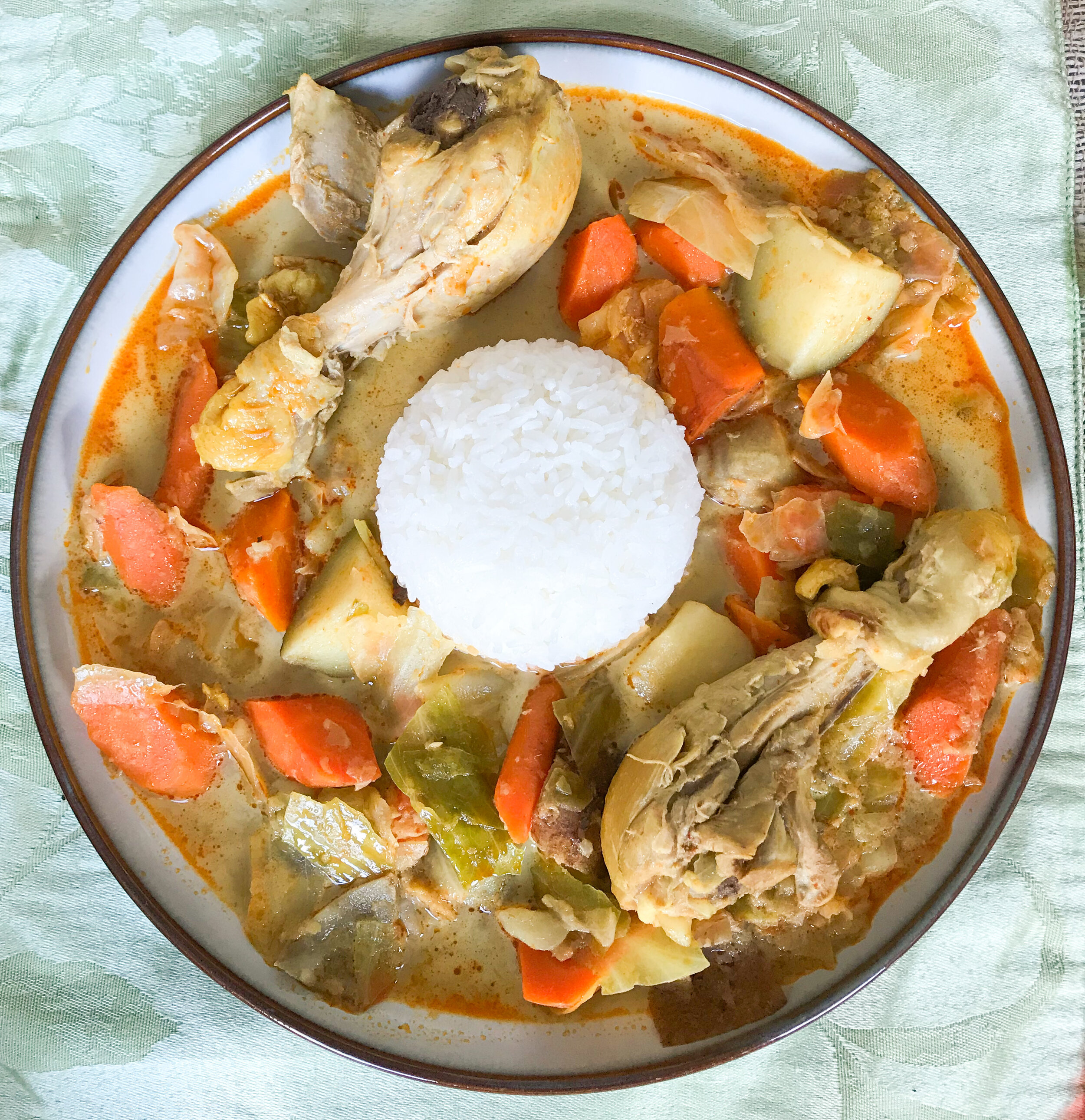Eating with Pride in America
This week, I’d like to share my experiences of growing up in this country as an Asian-American child of a first-generation immigrant family.
As a child, I was made fun of for bringing my lunch from home because it was different from everyone else’s PB&Js or food from the cafeteria. Instead of eating the bok choy stir-fry and soy-sauce braised chicken my mom packed for me, I chose to eat the cardboard-textured "pizza" that the school district categorized as a VEGETABLE. Not only did that hurt my mom's feelings, but it also incurred unnecessary spending for "food" that contained way less nutritional value.
Even though I was born and raised in the U.S., I somehow managed to feel less American if I didn't enjoy the yogurt that came in a tube or the prepackaged lunch consisting of crackers, bright yellow pieces of cheese, and perfectly circular deli meat. Instead of eating my mom’s fried rice filled with carrots, lima beans, peas, and broccoli, I pretended to prefer rehydrated, tiny bits of pasta covered in a thick, plastic-looking yellow goo. Soon enough, processed foods replaced my daily home-cooked meals, and sugary snacks crept into our cupboards.
We had somehow learned to adopt the quick-convenience culture, in which we grew accustomed to microwaving hot-pockets instead of steaming eggs and homemade meat patties for breakfast. I was 100 percent responsible for facilitating this transition, and my body paid for it. Over fifteen years passed before I finally understood the importance of eating whole foods prepared similarly to the way my ancestors had.
I pride the flavors and cooking techniques, with respect for whole foods, of my culture. I no longer stick to dumplings when cooking for people who have not been exposed to the other foods in my culture. Invite me to a potluck and I’ll bring Malaysian curry that doesn’t go light on the chilies, bánh xèo or gỏi cuốn with a big side of nước chấm, or stir-frys starring sambal or kroeung.
Wai Lifestyle works to inspire others to not forgo their cultures and traditions in hopes of “fitting in.” To eat American does not equate to eating fast foods or the exclusion of other cultures. Instead, it includes the diverse cuisines of people who hail from all parts of the world to make up this salad bowl.

